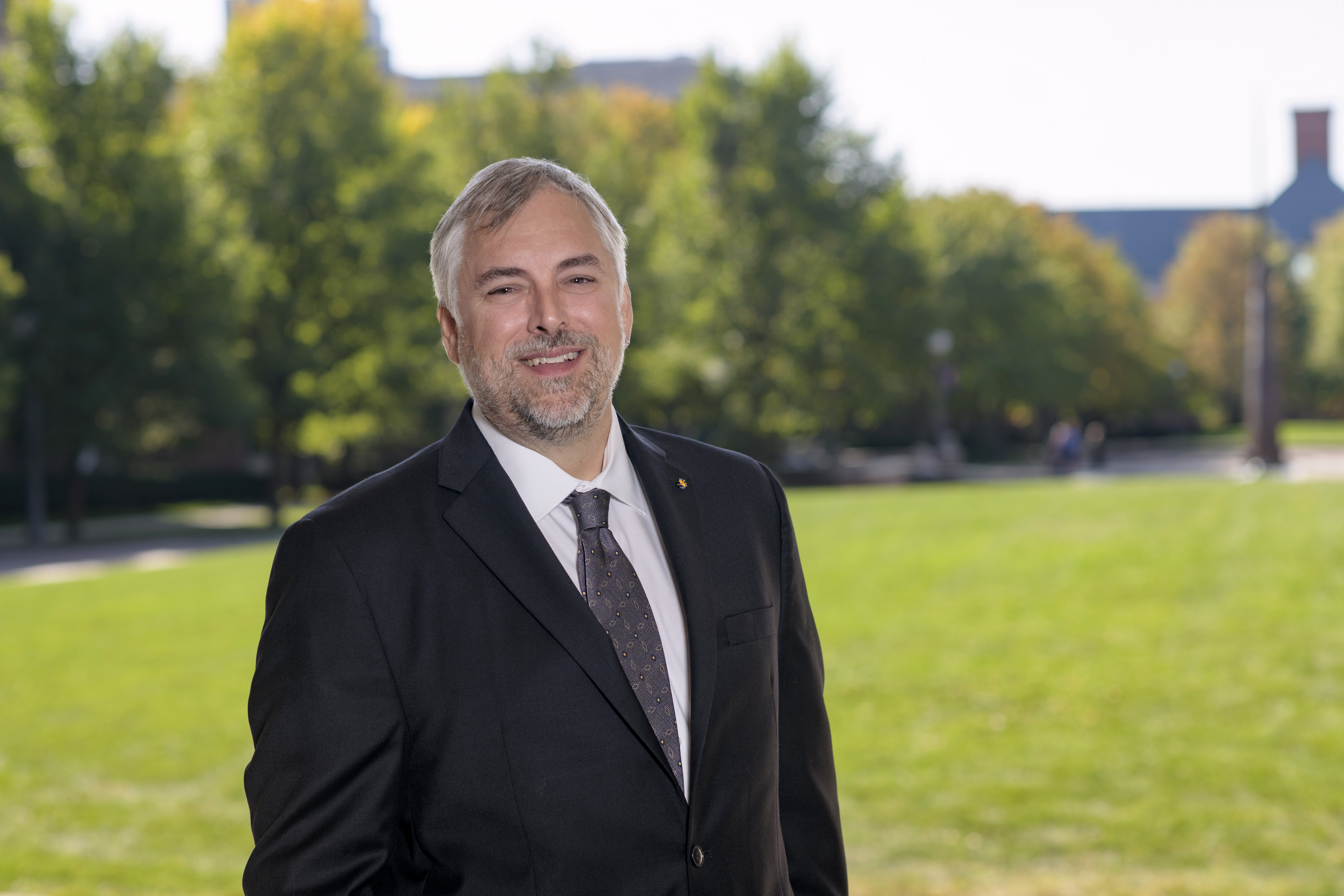The world’s first wildlife conservation bond will be sold by the World Bank this year — meant to raise sufficient funds to boost the endangered black rhinoceros population in South Africa.
John Tobin is an expert on environmental and energy economics, a professor of practice at the SC Johnson College of Business, and a faculty fellow at the Cornell Atkinson Center for Sustainability. Tobin says wildlife bonds represent the kind of financing mechanism and creative thinking that’s needed if the world is going to get a handle on the biodiversity crisis, but that additional efforts are also necessary to protect species and habitats beyond charismatic mega-vertebrates.
Tobin says:
“The sad fact is that there is simply not enough governmental and charitable financing available to slow down and reverse the biodiversity crisis, and wildlife bonds are the latest innovative financial solution developed in response to this problem. Creative financial structures such as these, which blend traditional conservation funding sources with private, return-seeking capital, represent exactly the kind of thinking that we need a lot more of—and which is rare, since neither mainstream bankers nor environmentalists have all the skills that are needed to structure these deals.
“Although this announcement is very encouraging, a potential shortcoming of wildlife bonds is that, by focusing on just one or a small number of charismatic mega-vertebrates, we may neglect all the other species and the habitats in which they live. The hope is that, by protecting rhinos or other high-profile species, other species will be protected as well, but it is important that we keep this risk in mind when developing metrics and management protocols for wildlife bond deals.”
Jeff Tyson
Office: (607) 255-7701
Cell: (607) 793-5769
[email protected]
– 30 –


